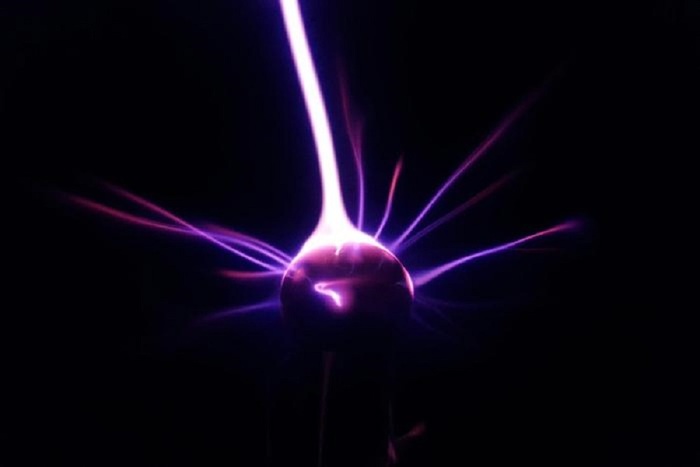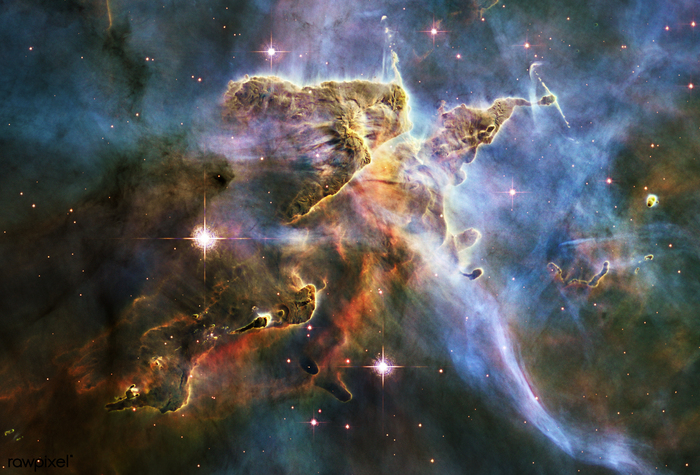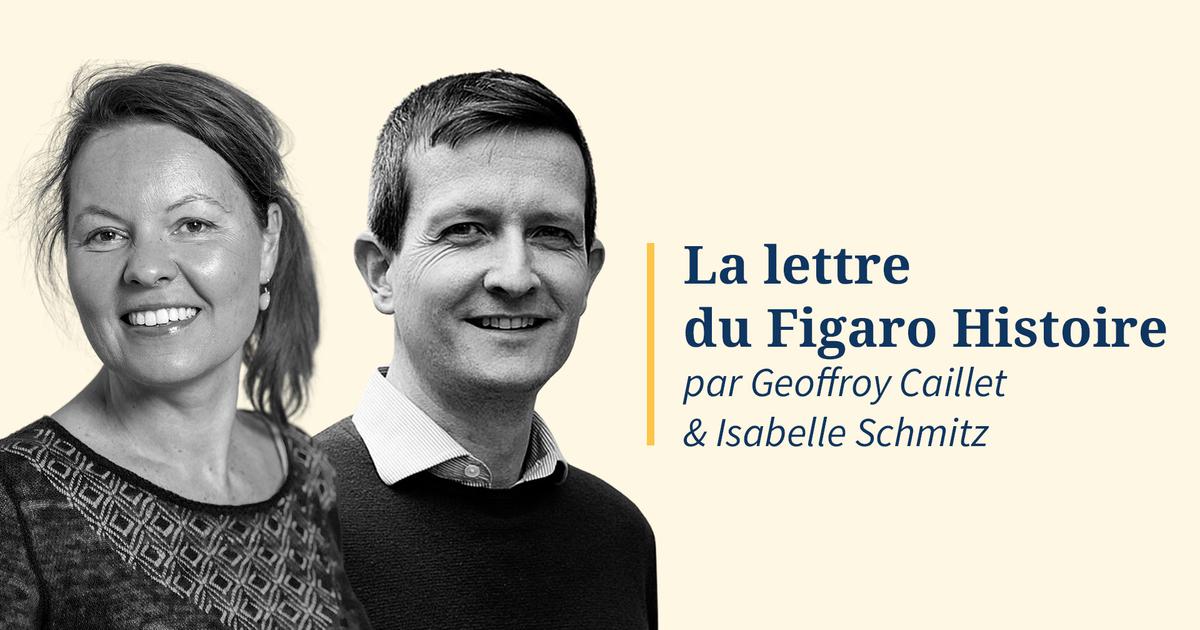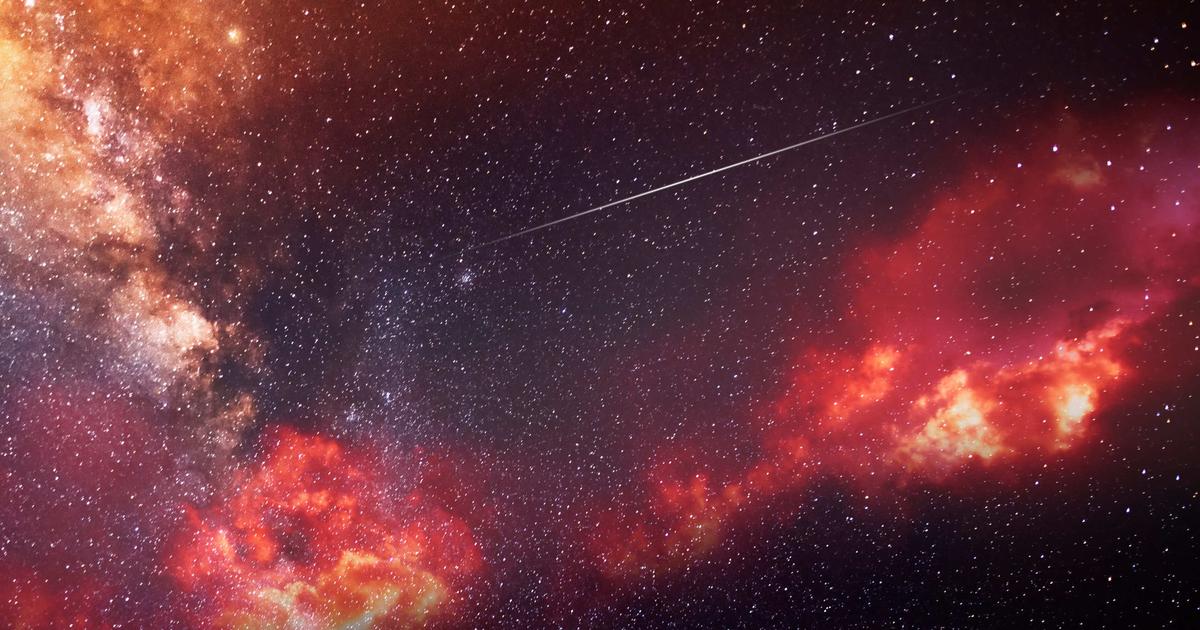QuTecn researchers work on a node of a quantum network, where mirrors and filters guide laser beams towards the diamond chip.Marieke de Lorijn
Searching for something, finding something else and that the finding is as relevant as the objective pursued is something common in science and technology.
It is enough to remember some examples such as the microwave, penicillin, Teflon, vulcanized rubber or Viagra.
Something similar has happened to a team from the Institute of Materials Science of Madrid (ICMM) of the Higher Council for Scientific Research (CSIC), made up of Elsa Prada, Ramón Aguado and Pablo San José, in collaboration with researchers from the Institute of Science and Tecnhology of Austria (ISTA), Catalan Institute of Nanoscience and Nanotechnology (ICN2) and Princeton University in the United States.
They were looking for the
holy grail
of quantum physics: the Majorana particle, a theoretical proposal by Ettore Majorana 86 years ago in the context of elementary particle physics that still has not been experimentally demonstrated.
Finding and mastering it in a special material that guarantees its stability, known as a topological superconductor, would be a definitive step in condensed matter physics and quantum computing.
After two years of investigation, they thought they had found it.
But further analysis revealed that the find was a mirage.
In its place they have discovered something different, but also fundamental: an impostor particle, which mimics behaviors of Majorana's, but is not.
The relevance of the discovery, published in
Nature
,
is multifaceted: it deepens our understanding of topological superconductors, demonstrates techniques capable of discerning between impostor particles and the true Majorana particle, identifies a source of error in the interpretation of experiments, and points the way. for the finding that, according to the physicist Ramón Aguado, "will be a Nobel Prize when its existence is irrefutably demonstrated and, above all, its quantum statistics, which are far from what is usual in the standard model of fermions or bosons."
More information
Fundamental guide by Alberto Casas to understand quantum physics: "We are alive thanks to the uncertainty principle"
Quantum computing takes advantage of a unique property, superposition, to multiply processing power.
This characteristic allows that, while a classical bit has two values (0 or 1), a qubit (the quantum analogue) multiplies its capacity exponentially by being able to express several states simultaneously.
But this superposition requires a coherence of quantum states that, for now, is elusive and lasts a minimum time.
Any alteration caused by the environment (temperature, vibration, remaining energy, electromagnetic radiation or other habitual phenomenon) cancels the property, generates decoherence, throws errors and limits the computational capacity.
Jian-Wei Pan, China's leading computer expert, summed it up forcefully: “Building a fault-tolerant and practically useful quantum computer is one of the great challenges for human beings.
The most formidable for building a large-scale universal quantum computer is the presence of noise and imperfections.”
Until now, these limitations have been assumed and attempts are made to alleviate them by correcting errors a posteriori, with the help of classical processing, or by building computers that are as isolated as possible from the environment and capable of maintaining temperatures close to absolute zero, equivalent to 273.15 degrees Celsius below zero. .
“A quantum computer”, explains Pablo San José, “requires that, while it is calculating, it remains completely decoupled from the environment: there can be no interaction with light or vibrations or with anything from the outside world.
It has to be in a bubble, like it's a mini universe of its own.
That makes it incredibly fragile."
A quantum computer has to be in a bubble, as if it were a mini-universe unto itself.
That makes it incredibly fragile.
Pablo San José, physicist
In this way, the qualitative leap to build fault-tolerant and practically useful quantum computers would be to find and master Majorana particles, "capable of hiding the quantum information they encode in such a way that it is invisible to the outside," according to San José warning that it is a simple way of explaining it.
“A qubit based on Majorana states would be much more robust against decoherence, since it is built from spatially separated quantum wave functions, so it is immune to any local perturbation.
This robustness would greatly facilitate the scalability problem [creating computers with more qubits to exceed the capacity of classical computing]”, adds Aguado.
“We've been looking for that famous particle in topological superconductors for 10 or 12 years now,” he says.
In order to find them, it is also necessary, as Elsa Prada points out, the development of topological superconductors that can hide quantum information to protect it from the outside and “don't be fooled”.
“This material does not exist in nature spontaneously;
They are the product of engineering materials.
Unfortunately, these harbor all sorts of imposter particles and can be misleading.
So that you are not fooled, two things are needed: substantially improve the quality of the materials used (a very delicate process that only a handful of material growers in the world know how to do
)
and subject the topological superconductor to some very complex measurement protocols. sophisticated, revealing quantum entanglement.”
Charles Marcus's group, at the Niels Bohr Institute in Denmark, took a first step by using their own topological material and a novel technique to identify the Majorana particle.
The measurements pointed to an apparently correct path.
The Austrian team replicated the experiment independently from the same material and, initially, the results were in agreement.
But in science and technology, twice is insufficient and they conducted a complementary test.
"They saw that there was a contradiction in the conclusions and this was an irreconcilable paradox that they did not know how to explain," says San José.
The theoretical calculations of the CSIC team yielded the answer: an impostor particle that behaved like a Majorana, but was not.
“These impostor particles often have some of the properties of the authentic Majorana, zero energy, zero spin, zero charge… but not the fundamental one, that of protecting the quantum information from the environment by means of a quantum wave function that we can understand as an electron. split into two spatially separate halves.
In that sense, they are not useful for quantum computing,” he explains.
What might seem like "bad news," by Prada's admission, is nonetheless a fundamental finding.
In the complicated game of quantum Cluedo, the CSIC team has located the impostor, which makes it possible to identify the cause of errors in previous experiments, the generator of false positives.
In addition, it also lights the way for the development of more robust topological superconductors.
“Making them topological is really very complicated: you have to mix different materials in a very precise way, with very specific geometries, subjecting them to external fields…”, adds Prada.
The finding is actually a step back to gain momentum.
“We are too impatient.
The first proposals of the materials to which Elsa Prada refers are from 13 years ago and there was a rush towards her demonstration.
To put it in context, let's think that the transistor was discovered in the 1940s and we didn't have mass-use microelectronics until the 1980s.
With very bulky first microprocessors that had around 1,000 transistors while currently they have more than 100,000 million transistors inside, with sizes just slightly larger than a few silicon atoms”, explains Aguado.
“The first quantum bit based on superconducting circuits was demonstrated in 1998 and it took more than 20 years for Google or IBM to launch their quantum computers with several tens of qubits.
We are just beginning to explore very new physical concepts that will eventually lead to the next step;
the topological qubit based on Majoranas”, he adds.
Thus, in quantum physics, finding the way forward is just as important as detecting false shortcuts.
“We are entering a technological universe that we have barely explored.
The manipulation of the quantum world is a different game, much more complicated and delicate.
We lack tools and materials that we don't know yet to fully open the door, but these initial steps are crucial.
Ultimately, topological materials will enable a revolution far beyond the quantum computer.
We are facing a new frontier in the understanding of the matter”, adds San José.
“It is very important to understand the fundamental physics that govern these superconducting devices.
Our work greatly narrows the chances of false positives in the search for the elusive Majorana.
We have taken a further step towards its detection and the future exploitation of all its power in quantum computing”, conclude the researchers.
You can write to us at
rlimon@elpais.es
, follow
EL PAÍS TECNOLOGÍA
on
and
and sign up here to receive our
weekly newsletter
Subscribe to continue reading
Read without limits
Keep reading
I'm already a subscriber

/cloudfront-eu-central-1.images.arcpublishing.com/prisa/I5PPXRXIXZANHPIV2EMA6VWUOM.jpg)













